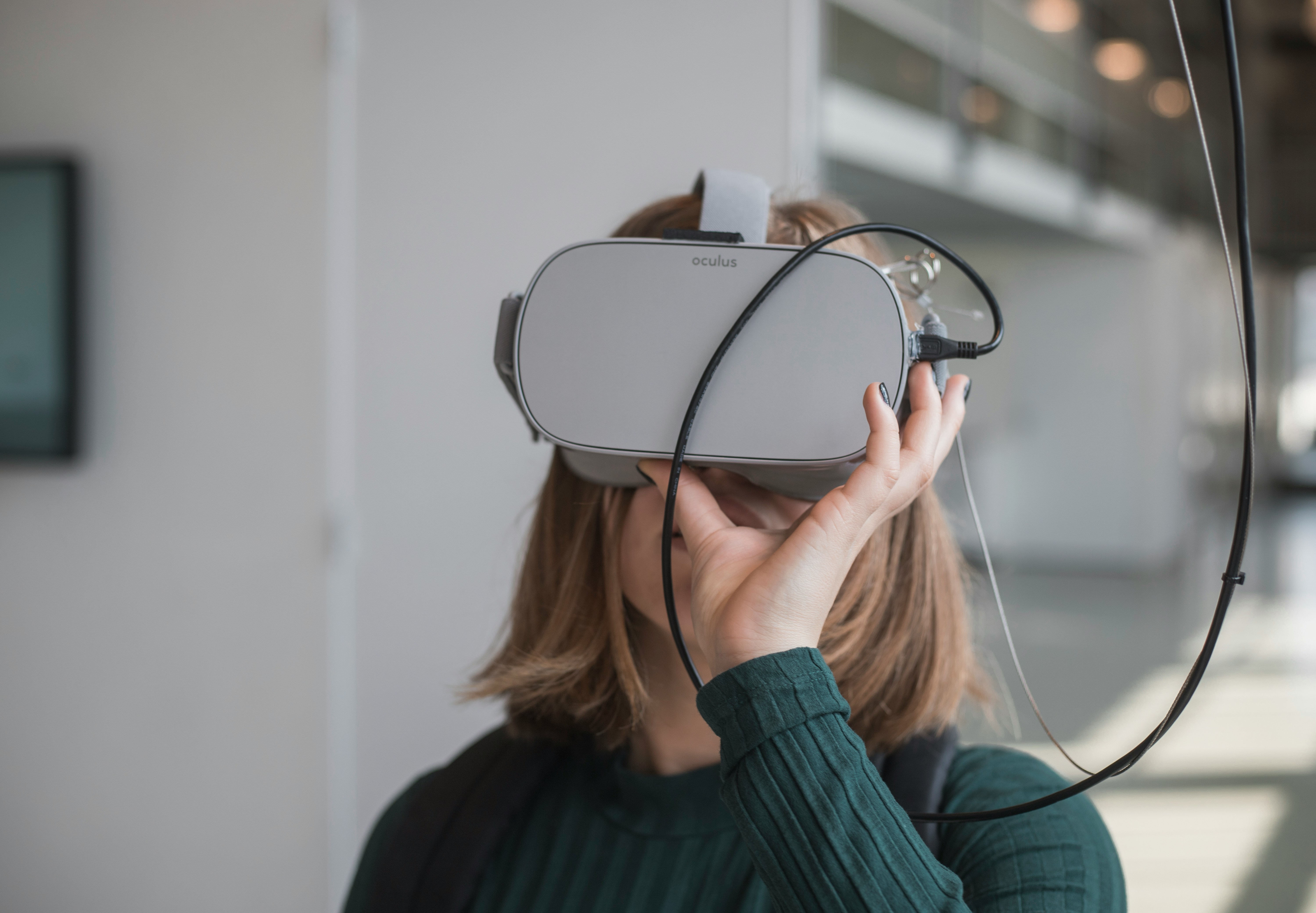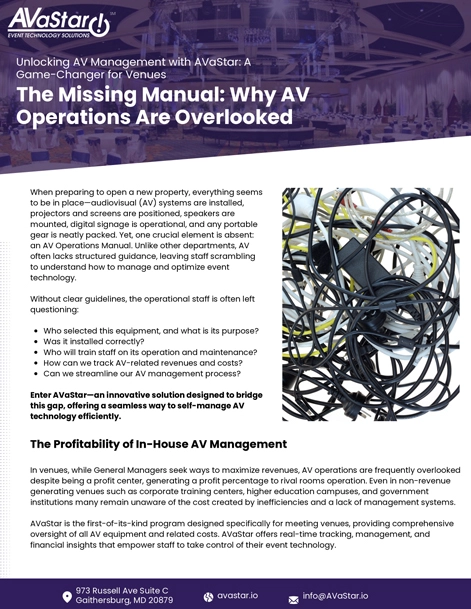When We Meet Again: Planning Successful Hybrid Meetings
The following originally appeared in Hotel News Now on April 7, 2021:
Optimism around the return to in-person meetings is building due to falling pandemic statistics and rising vaccination metrics and news.
But the return to in-person meetings will not be as sudden or as complete as the shutdown for many reasons. Now that we’re demonstrating that we can “attend” events remotely, the reasons for individuals to choose whether to attend physically or virtually have expanded. The option to attend meetings and events virtually will now always be an expectation.
For the past year, we have been researching what happens when group meetings return to hotels. We are constantly analyzing and identifying what is working, what is not working, and how hoteliers can anticipate what will happen next.
What is a hybrid meeting? What happens when half of the attendees of a meeting or event are not physically present, but rather attend virtually? That is the distinction of “hybrid meetings,” the combination of in-person and remote attendees in the same event. A hybrid meeting layers the needs of the face-to-face meeting with the technology and event design required to engage the virtual attendees.
Over the last year, we have taken a leap into the future; our embrace of virtual meeting technology has jumped a decade over an organic evolutionary adoption timeline. Reasons that range from personal health to pandemic to travel to simply convenience will now determine whether meeting attendees will come in person or show up on the Hollywood Squares gallery.
Virtual Meetings Are Not One-Size-Fits-All
There is really only so much that can be done effectively using virtual meeting technology such as Zoom, WebEx, Google Meet, Teams, etc. Presentations and one-way learning such as webinars work pretty well. But open collaborative meetings are quite difficult, even with the best platforms and production. And virtual conferences with trade shows have a long way to being anywhere near as effective as in-person events. The recent advances in networking and trade-show platforms will help, but so far, it’s been novel but productively disappointing for both attendees and exhibitors.
What is the difference in guest experience between attending in person versus virtually? Let us look from the perspective of the experience of both types of attendees.
When we attend in person, we can see and hear the presenter and his or her presentation. We can also see and hear the other attendees in the room. We can ask questions and engage with the presenter as well as respond to other attendees in a natural, conversational style.
Now let’s consider the virtual or remote attendee. Depending on the level of in-room technology and the platform, the virtual attendee may not be able to experience most of the things that the in-person attendee experiences. And that is the “remote attendee engagement” challenge that will make or break a meeting and venue’s reputation of hosting successful hybrid events. How can we move the remote attendee’s hybrid meeting experience from watching, to participating, to being fully engaged in the live event?
Is Hybrid a Double Whammy?
Planning for in-person events has changed dramatically due to pandemic-related restrictions on sanitation and group size limits, plus food and beverage issues, group and individual spacing via social distancing, room capacity, logistics, etc. Marriott, Hyatt, Accor, Hilton as well as industry organizations have produced excellent resources describing best practices around planning for in-person events.
Meanwhile, the planning for the virtual element of hybrid meetings is an entirely distinct exercise. Technical and infrastructure elements of visual displays, cameras, sound systems, microphones, UCC platforms, controls, connectivity, environment, production, etc. are all different from planning an in-person-only event. Planning an event for virtual, remote attendees is quite different and complex — and more expensive.
American inventor Charles Kettering said: “A problem well stated is a problem half solved.” I will leave the readers with some questions to contemplate and help solve:
- How can we effectively engage both the virtual and in-person attendees so everyone has the most engaging hybrid meeting experience?
- What does the optimized hybrid meeting room look like?
- How and when do we engage outside audio/visual service providers?
- How does hybrid meeting technology affect the cost of events?
These are the rising issues we must address to be successful hosts and venues. Hybrid meetings are not ever going to go away. We all have a lot to learn, and everyone is trying their best to meet these challenges. Let’s discover and create the future together again.
‹ Back









Comments